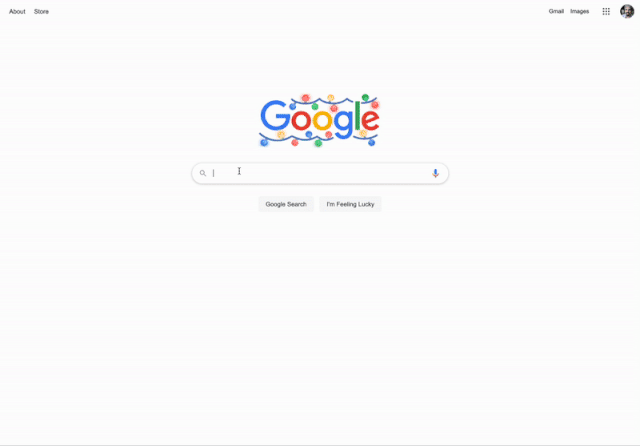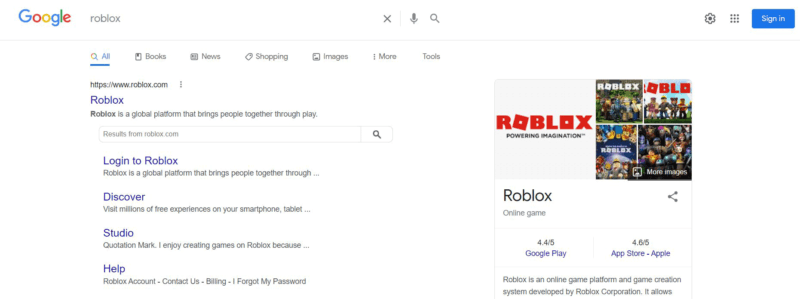Google has officially launched new advanced auto-complete search suggestions that can include a second column of predictions and provide easier access to content related to a search, a Google spokesperson confirmed to Search Engine Land. In addition, Google has confirmed that it is also testing a new edge-to-edge autocomplete interface and other full-width elements in the desktop search interface.
Improved auto-completion. The new improved autocomplete UI can display additional search predictions, including people also asking, people searching, and other content related to the search query. Here is a screenshot of what it looks like:
You can trigger it, at least like we did, by doing a search on the Google desktop UI, then clicking back into the search box and more predictions showing up on the right. Here’s a GIF I made of it in action when I first discovered Google while testing it.

Edge-to-edge autocomplete test. Google is also testing another variant of autocomplete that the search company calls “edge-to-edge”. Here the search field is inserted directly into the other elements of the search results page. In essence, Google removes the border around the field where you type your search query so that it is merged with the rest of the search results.
Here is a screenshot that I posted of @MusingPraveen on twitter. Brodie Clark also delved deeper into this edge-to-edge search interface.

Further tests in full width. As you know, Google has confirmed that it will launch a local and full-width map results interface in search. Google is also testing other full-width elements that the search company hasn’t fully rolled out but are still testing. This includes a full-width image package, full-width featured snippets, and more.
Overall, Google has told us that the search company is often testing and rolling out changes to various visual elements of various functions in Google Search.
Why we care. Small or large changes to the Google Search user interface can affect how searchers use Google Search. This can lead to where these searchers look, how often they decide to do a new search, where these searchers click, and so on. This can have a direct impact on the click-through rates from Google search results to your website for a particular search query.
New in search engine land
.
Follow us on Facebook | Twitter | YouTube
WPAP (907)



